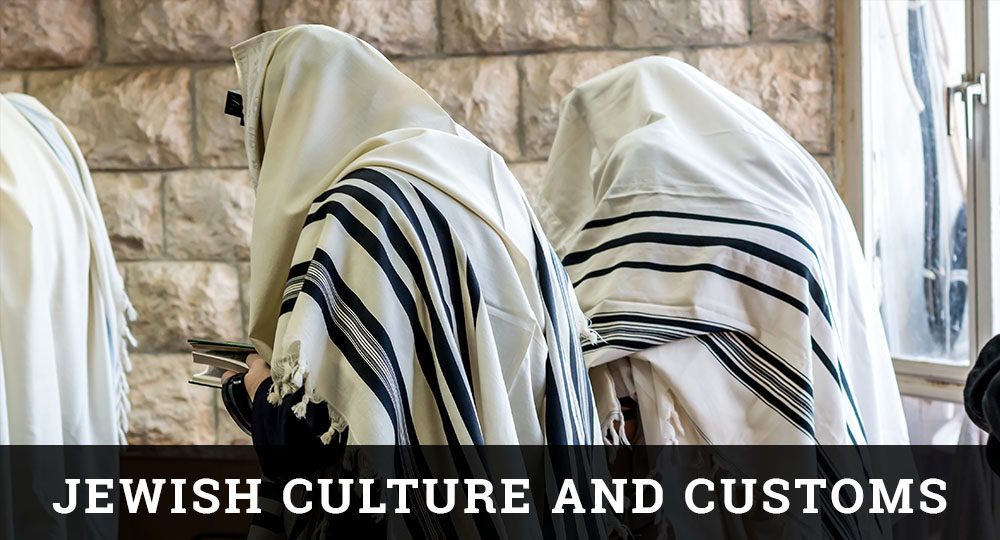


Theodor Herzl had a dream. It was a dream born of the desire of the Jewish people to have a homeland in Eretz Israel under the recognition of international law.
Thus saith the Lord Gᴏᴅ: Behold, I will take the children of Israel from among the nations, to which they are gone, and will gather them on every side...
The most prominent events marking the early days of the modern Zionist movement were the publication of Theodor Herzl’s The Jewish State in 1896 and his calling of the First Zionist Congress in 1897.
So wrote Chaim Weizmann in 1919. Both God in heaven and Balfour in England viewed “with favour the establishment in Palestine of a national home for the Jewish people.”
Thus far in our study of bibliology (the doctrine of the Bible) we have examined the subject of divine revelation, which involves God’s uncovering of knowledge to mankind.
There are a number of interludes throughout the judgment portions of Revelation. One is presented between the sixth and seventh seals in Revelation 7, and a second is presented between the sixth and seventh trumpets...